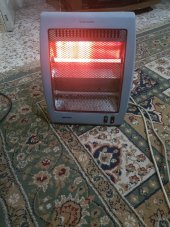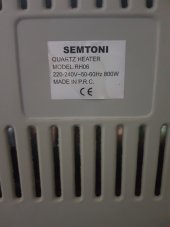Hi. I bought a brand new 5000w inverter (Chinese Soer) + brand new 4x200a tubular Indian lead acid batteries. It's a 48v / 800amp setup. No solar panel, only grid for recharging.
I see 54v float when electricity is on and when it goes off voltage drop immediately to 53.2v without any load on the batteries at all.
In batteries mode (when electricity goes off) i tried 1300w load and the voltage of batteries dropped from 53.2v to 48.2v immediately.
I switched off that load after 10 seconds , the voltage went back to 50.5v.
Checking the batteries with a voltmeter there is one of them always 0.07v lower than the rest on both float and load and rest mode.
Example of Batteries voltage like this : 12.72v / 12.71v / 12.74v / 12.64v is that low one.
Inverter is installed 4 meters away from the electricity board with 12mm wires. Batteries under it connected together in series with 2x6mm wires.
I'm new to the inverter batteries thing, I need to know if dropping this much and fast under this load is normal and if that battery which is always lower than the rest by 0.07v is defected or not.
Thank you





